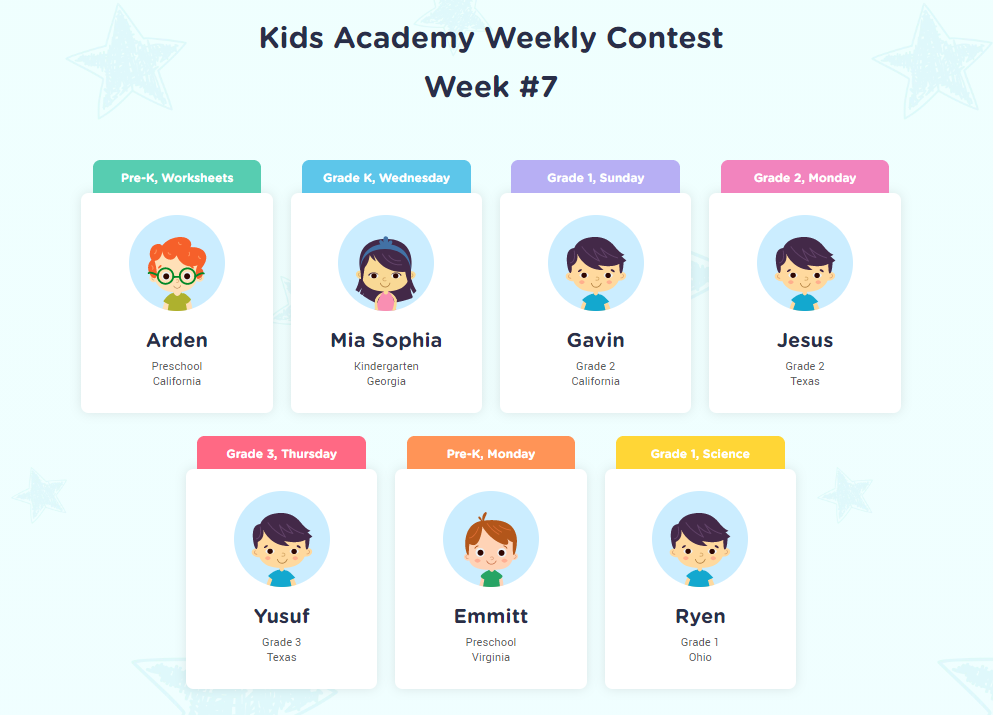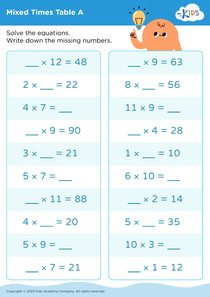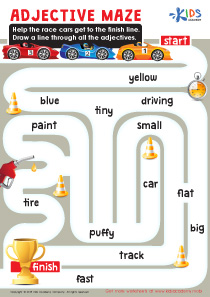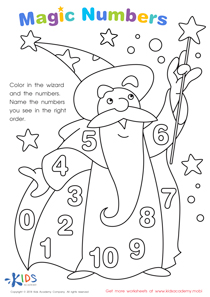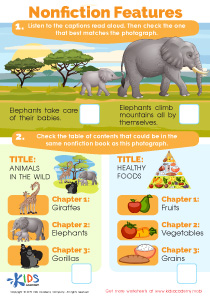Visual discrimination Extra Challenge Worksheets for Ages 4-7
3 filtered results
-
From - To
Discover our “Visual Discrimination Extra Challenge Worksheets” designed specifically for children aged 4-7! These engaging worksheets help young learners sharpen their observational skills by focusing on details, identifying differences, and recognizing patterns. Ideal for boosting confidence and enhancing cognitive development, these activities promote critical thinking and fine motor skills through fun and interactive exercises. Tailored to encourage independent learning, our worksheets can be easily integrated into home or classroom settings. Watch your child's visual perception skills flourish as they take on these exciting challenges that blend education with creativity. Explore our collection today and support essential learning growth!
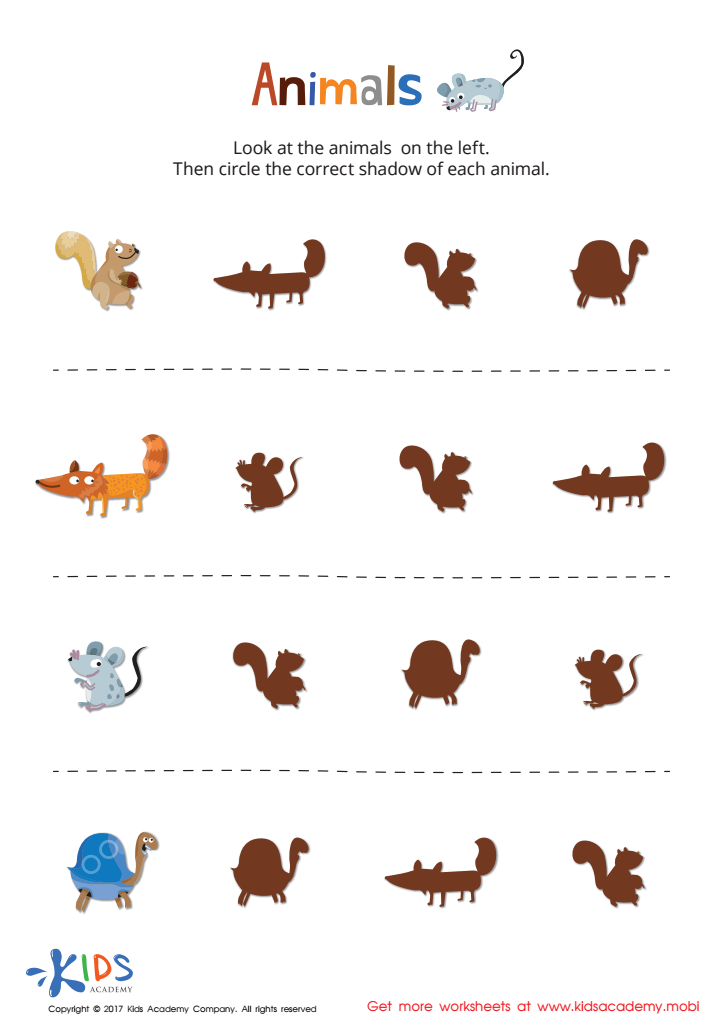

Animal Shadows Sorting Worksheet
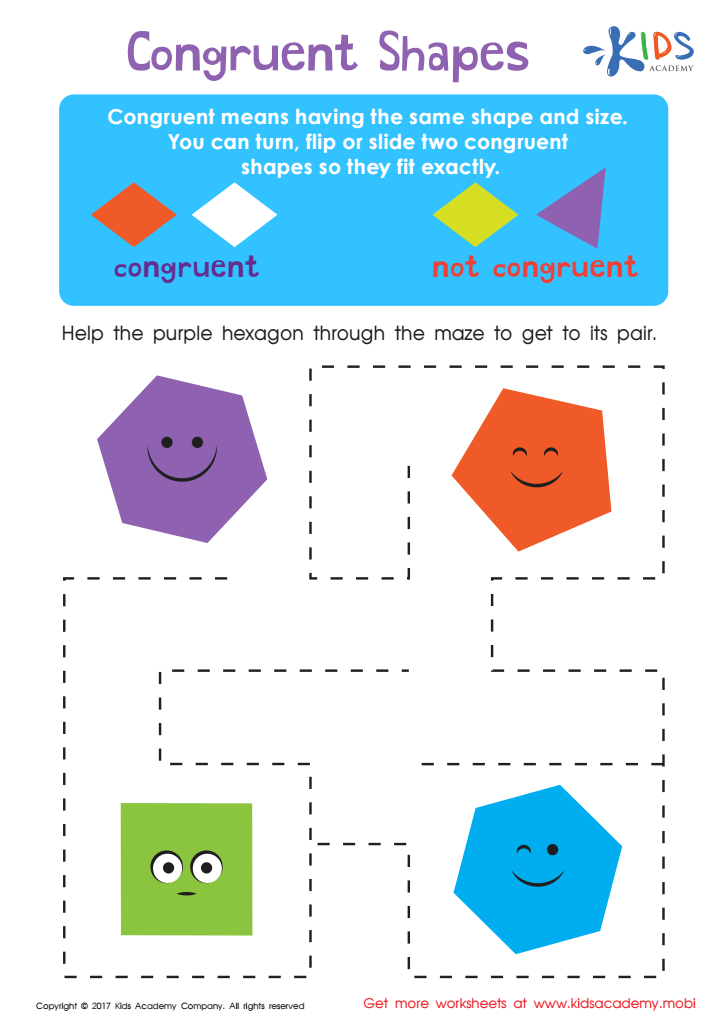

Congruent Shapes Worksheet
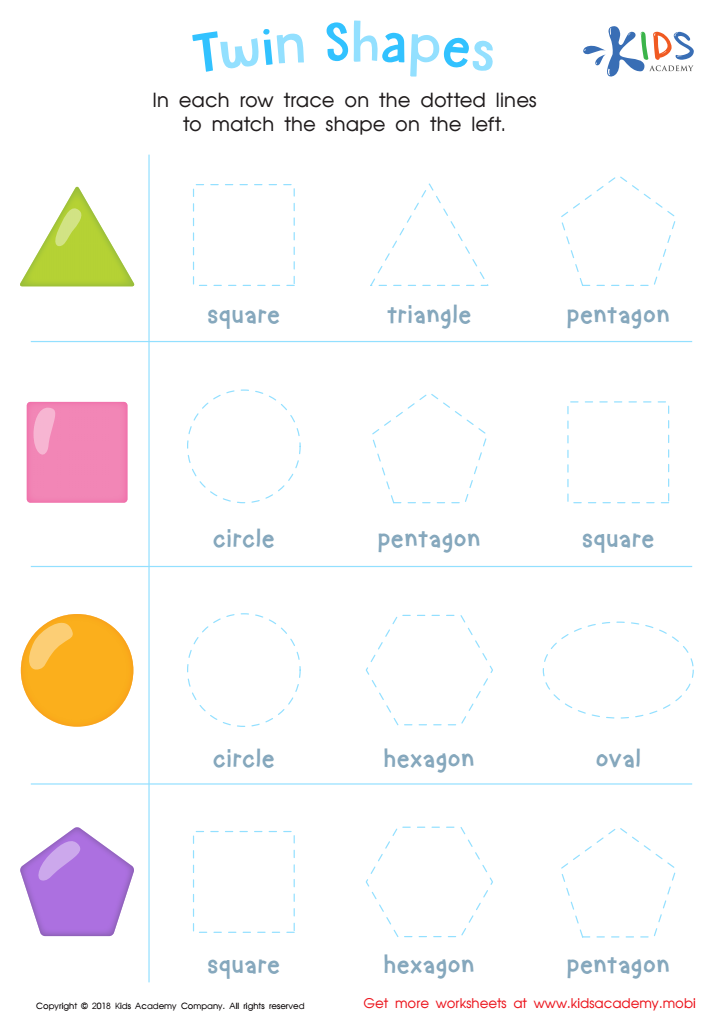

Twin Shapes Dot-to-Dot Worksheet
Visual discrimination is a crucial skill for children ages 4-7, as it enables them to distinguish differences and similarities among various visual stimuli. Parents and teachers should care about this developmental aspect, as it directly impacts a child's ability to learn, read, and write effectively. Mastering visual discrimination helps children recognize letters, numbers, and shapes, which are foundational skills in literacy and numeracy.
When children struggle with visual discrimination, they might face challenges in identifying words or relating letters to their sounds, potentially leading to difficulties in reading. Additionally, these skills aid in problem-solving and following multi-step instructions, essential for classroom success. Enhancing visual discrimination early on can set the stage for academic achievement and boost self-confidence.
Moreover, engaging children in activities that promote visual discrimination, such as puzzles, matching games, and sorting tasks, fosters critical thinking and observational skills. This extra challenge not only makes learning fun but also encourages perseverance. By incorporating visual discrimination exercises into daily routines, parents and teachers can create supportive environments that nurture children's cognitive development essential for their future educational endeavors. In summary, prioritizing visual discrimination fosters overall child success and well-being.

 Assign to My Students
Assign to My Students









